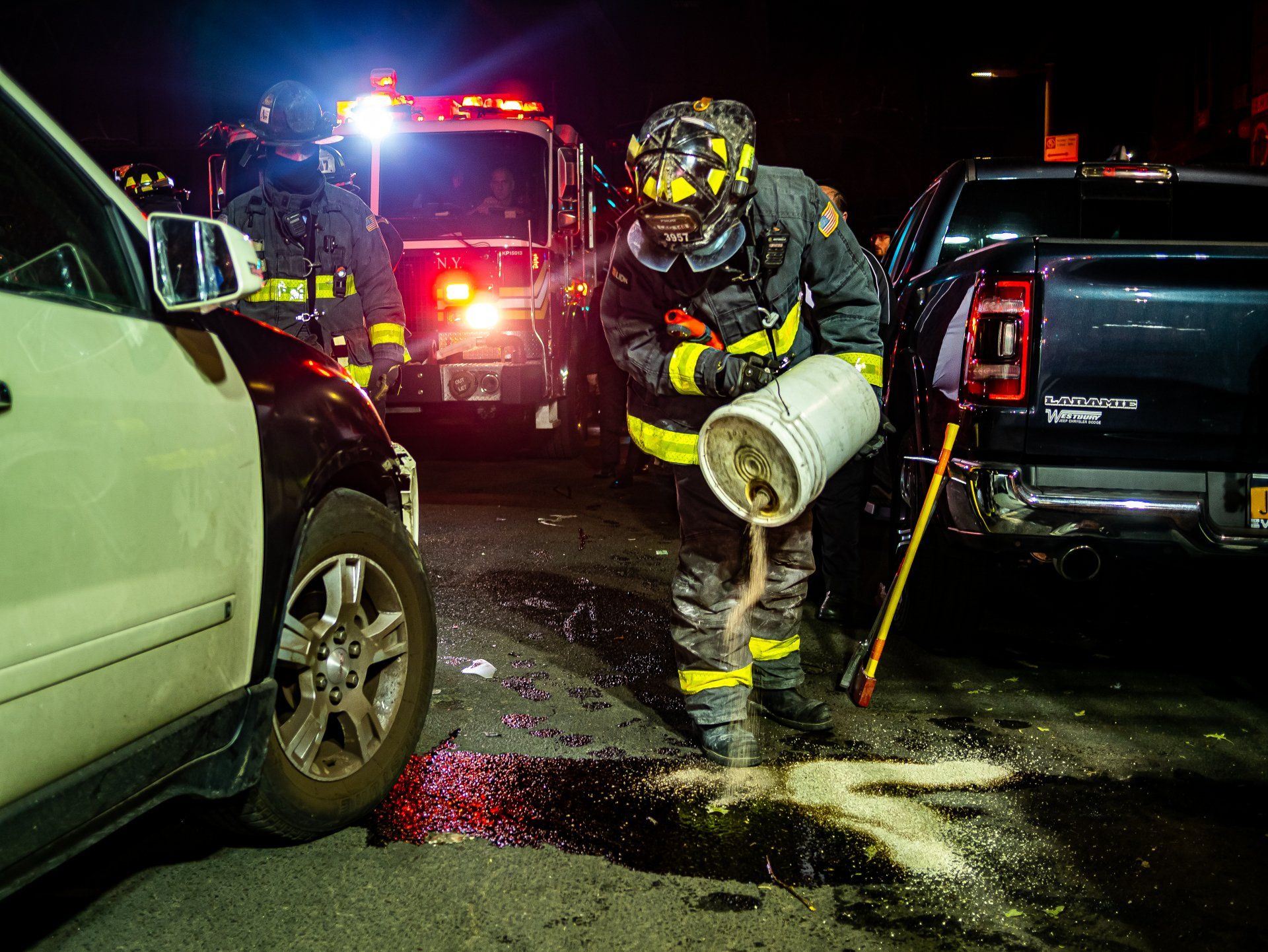Hamilton: 905.522.9994 | Brantford: 519.770.3527 | Email: info@flashlaw.ca
Address to Hamilton City Counsel on Behalf of Afghanistan Veterans
An Address by Lawrence Hatfield
Mr Mayor, members of Council, and guests,
It is my privilege today to speak on behalf of those here tonight in military uniforms, those who have recently returned from tours with the Canadian Forces in Afghanistan. These men and women have, like so many other members of this community before them, answered the call. From the War of 1812, to the Boer War, to First and Second World Wars, to the Korean War, to the large number of UN, NATO, and peacekeeping missions, to now Afghanistan.
At the core of Hamilton’s military past and traditions are its two esteemed infantry regiments: The Royal Hamilton Light Infantry and The Argyll and Sutherland Highlanders of Canada. The tradition of service continues with other units including: the 11th Field Regiment, 23 Service Bn and 705 Communications Squadron.
Hamiltonians have answered the call for almost 200 years! Few communities in this country have such a record of service and such a record of support for that service. Our presence here tonight is a tangible reminder of the connection of this community to Canada’s position abroad; it honours the virtues of military service in general and the sacrifice of Hamiltonians who have both served and fallen in Canada’s wars. It reminds us of the high cost of citizenship and what it may mean to belong to this community.
There is much rhetoric about service and even more about what Canada owes its citizens. But the soldiers before you tonight represent the highest accountability of a citizen to their community and of their commitment to what this community represents whether at Vimy Ridge in 1917 or in Kandahar in 2007.
It is a truism that we are a privileged people and take much for granted; truly, we have much to be grateful for and those who have returned safely from tour know that fact all-too-well. Afghans lack clean water, proper sanitation, reliable energy supply, a professional police force, and suitable transportation networks – the very stuff of good, local government, the very stuff that we enjoy here in Hamilton. In Afghanistan, Canadians have taken on a difficult challenge to bring order and security to that war-torn land while aiding the people in developing the institutions to protect them and to deliver to their citizenry what we take for granted.
The roles of Hamilton’s soldiers in Afghanistan were as diverse as the Canadian Mission. Some were in the line infantry battalions combating the Taliban, some were constantly running the gauntlet of Improved Explosive devices on convoy duty, some were providing key logistical and headquarters support, while others where involved in developing Afghanistan’s government and security institutions.
The foundation for much of Hamilton’s military tradition is the citizen soldier. The citizen soldier is a volunteer in every sense of the word. While it may seem as a part time job there are often real full time commitments. Citizen soldiers on deployment often make sacrifices with their civilian careers. However when it comes to the sacrifices every soldier will point to their families whose deserve our recognition and appreciation.
A city is more than the sum of its parts. The community and its ethos are formed out of the struggles of the past, a shared history of sacrifice and a profound sense, forged in war, of the place of this community and this country in the world. As we look forward to the future, it is always salutary to remember from whence we came and what it cost: then, today, and tomorrow.
This form of service – represented by those in uniform today – is at the very heart of both Hamilton and Canadian community and represents both at their best. Those who have served in Afghanistan and those who will in the near future – and there are more to come after us – appreciate the support of this city and its council.
Community support comes in many forms. We have experienced support from large organized groups to individual elementary student who sent letters some enclosing their highly prized gummy bear stash. Support from the country but especially from our own community was important and very much appreciated.
We ask that you the representatives of the people of Hamilton accept on behalf of this entire community our appreciation for all of this support.
And please allow me to introduce my firm’s new website for personal injury law – we support and represent the men and women of the Canadian Forces in any and all personal injury claims they may have.
Major Lawrence Hatfield
The Argyll and Sutherland Highlanders of Canada
25 April 2007



Get in touch with us!

374 Main Street West
Hamilton, ON L8P 1K2
Email: info@flashlaw.ca
Hamilton: 905.522.9994
Brantford: 519.770.3527
Quick Links
Services
Flaherty Law © 2023
